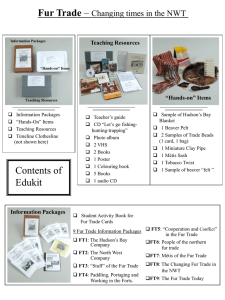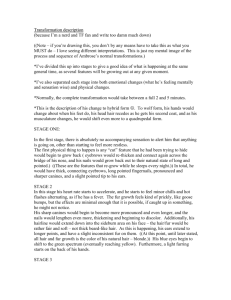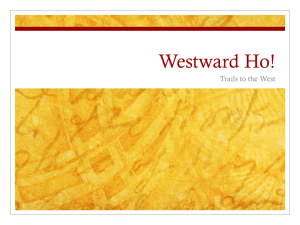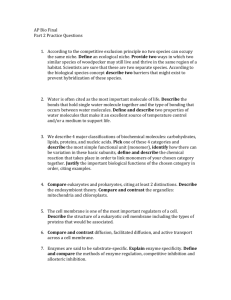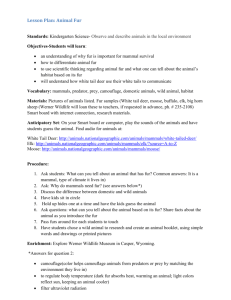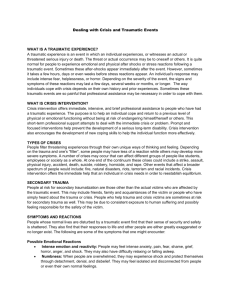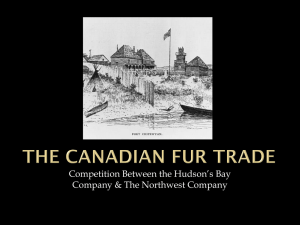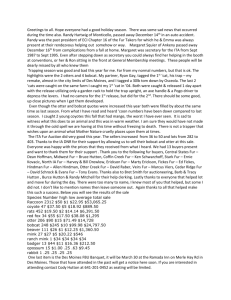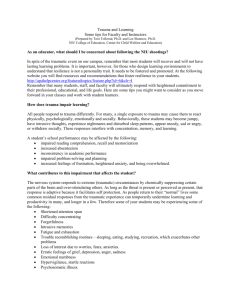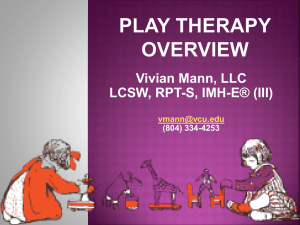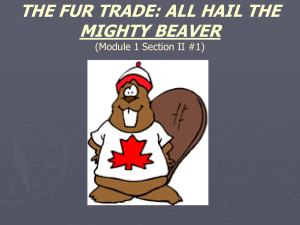Hunter/Hunted - Janice Gobey
advertisement
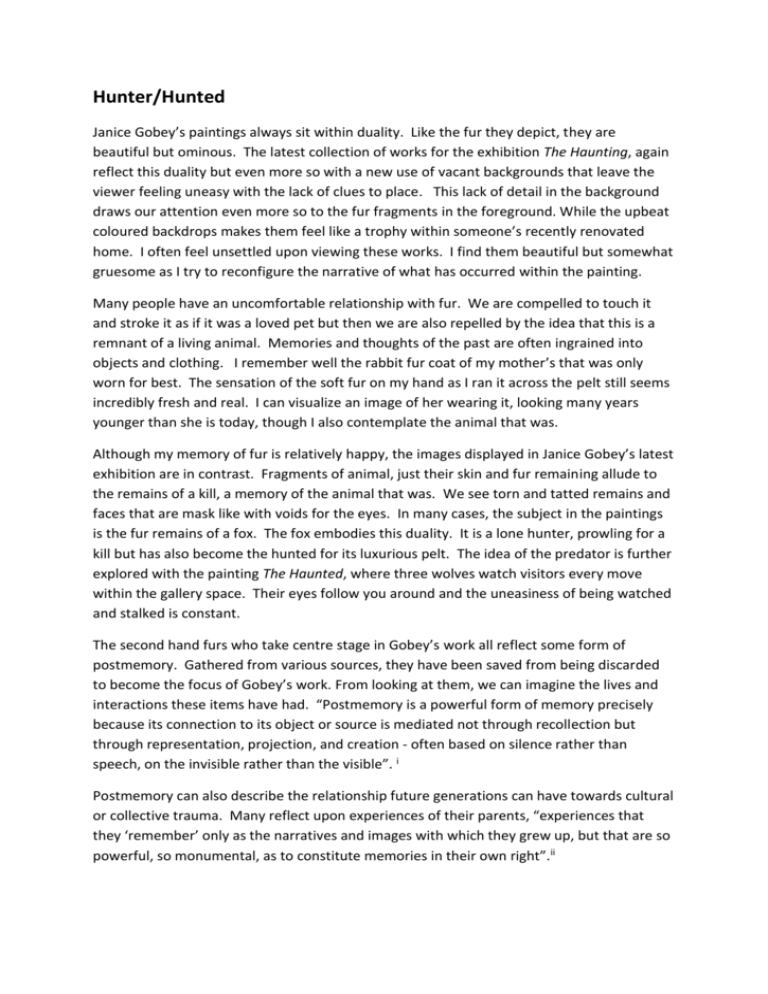
Hunter/Hunted Janice Gobey’s paintings always sit within duality. Like the fur they depict, they are beautiful but ominous. The latest collection of works for the exhibition The Haunting, again reflect this duality but even more so with a new use of vacant backgrounds that leave the viewer feeling uneasy with the lack of clues to place. This lack of detail in the background draws our attention even more so to the fur fragments in the foreground. While the upbeat coloured backdrops makes them feel like a trophy within someone’s recently renovated home. I often feel unsettled upon viewing these works. I find them beautiful but somewhat gruesome as I try to reconfigure the narrative of what has occurred within the painting. Many people have an uncomfortable relationship with fur. We are compelled to touch it and stroke it as if it was a loved pet but then we are also repelled by the idea that this is a remnant of a living animal. Memories and thoughts of the past are often ingrained into objects and clothing. I remember well the rabbit fur coat of my mother’s that was only worn for best. The sensation of the soft fur on my hand as I ran it across the pelt still seems incredibly fresh and real. I can visualize an image of her wearing it, looking many years younger than she is today, though I also contemplate the animal that was. Although my memory of fur is relatively happy, the images displayed in Janice Gobey’s latest exhibition are in contrast. Fragments of animal, just their skin and fur remaining allude to the remains of a kill, a memory of the animal that was. We see torn and tatted remains and faces that are mask like with voids for the eyes. In many cases, the subject in the paintings is the fur remains of a fox. The fox embodies this duality. It is a lone hunter, prowling for a kill but has also become the hunted for its luxurious pelt. The idea of the predator is further explored with the painting The Haunted, where three wolves watch visitors every move within the gallery space. Their eyes follow you around and the uneasiness of being watched and stalked is constant. The second hand furs who take centre stage in Gobey’s work all reflect some form of postmemory. Gathered from various sources, they have been saved from being discarded to become the focus of Gobey’s work. From looking at them, we can imagine the lives and interactions these items have had. “Postmemory is a powerful form of memory precisely because its connection to its object or source is mediated not through recollection but through representation, projection, and creation - often based on silence rather than speech, on the invisible rather than the visible”. i Postmemory can also describe the relationship future generations can have towards cultural or collective trauma. Many reflect upon experiences of their parents, “experiences that they ‘remember’ only as the narratives and images with which they grew up, but that are so powerful, so monumental, as to constitute memories in their own right”.ii The adopting of trauma or traumatic events has become common within the modern world. We have almost immediate access to information on worldwide events via social media and the move to online news allows us to be informed within minutes of an incident across the world. Although this allows us to be more informed it also heightens our sense of tension and paranoia. We become witnesses by adoption. Snippets of news stories give us only enough facts to fill in the remaining gaps as we imagine the evil perpetrator and the suffering of victims. These imaginings only add to the already heightened levels of stress and anxiety that plague our modern lives. We no longer live in a world where we keep our doors unlocked or where we walk alone late at night. “Thus postmemory characterizes the experience for those who, have grown up dominated by narratives that have preceded their birth, whose own belated stories are displaced by the powerful stories of the previous generation, shaped by monumental traumatic events that resist understanding and intergration. Trauma may also be a way of seeing through another’s eyes, of remembering another’s memories through the experience of their effects”.iii Gobey’s repeated images of discarded fur pieces further enhance the tension. Similarly with the media’s continued use of a solo image to encompass a traumatic event (think the Falling Man photo on 9/11 or photos of blood filled scenes at the Boston Bombings), this repetition can become a traumatic fixation. Hal Foster described this effect within Andy Warhol’s repetition works as: “the Warhols not only reproduce traumatic effects, they also produce them. Somehow, in these repetitions, several contradictory things occur at the same time: a warding away of traumatic significance and an opening out to, a defending against traumatic effect and a producing of it.”iv This is the sensation that Gobey’s exhibition The Haunting has. Through the emotional response to her works, we find some understanding to our own ideas of trauma. I’ve always felt that good art either makes you feel repulsed or an overwhelming sense of beauty, but never indifferent. The Haunting has successfully created this, leaving you to walk away with a constant memory of the sensation you felt while in the space. Mardi Nowak is an artist and curator and is currently the Senior Curator at Town Hall Gallery, Hawthorn. Recent curatorial projects have included Fixation (2014), The Act of Seeing (2014) and Likeness (2015). i Hirsch, Marianne. “Surviving Images: Holocaust Photographs and the Work of Postmemory”, The Yale Journal of Criticism, vl.14 2001. P.9 ii Ibid. iii Ibid, page 12. iv Foster, Hal, “The Return of the Real: The Avant-Garde at the End of the Century”, Cambridge, Mass: The MIT Press, 1996, p.132.
